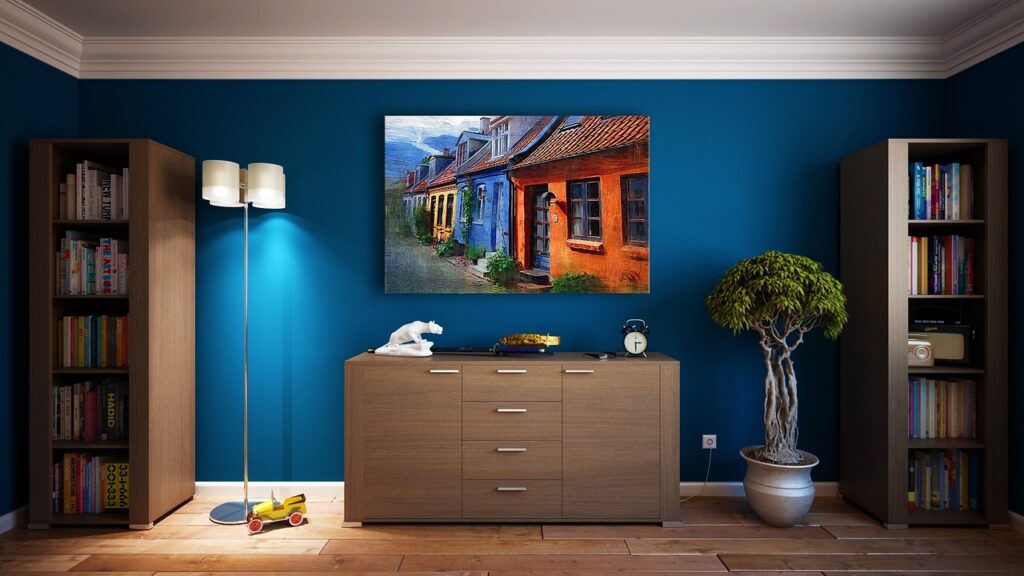Preface
Furniture is an important and essential part of a home or office. And furniture is expensive even when bought from a used household items store. That makes taking good care of your furniture imperative. Extending the lifespan of your furniture and cabinets requires a combination of proper care, maintenance, and preventive measures. Here are various methods you can employ to elongate the lives of your furniture and cabinets:

1. Regular Cleaning:
- Dust and clean your furniture and cabinets regularly to prevent dirt and debris from accumulating and causing damage over time.
- Use appropriate cleaning products and methods for the specific materials of your furniture and cabinets.
2. Avoid Sunlight and Moisture:
- Position your furniture away from direct sunlight to prevent fading and warping.
- Avoid exposing wood furniture to excessive humidity or moisture, as it can lead to swelling, warping, and mold growth.
3. Use Coasters and Mats:
- Place coasters under glasses and cups to protect surfaces from water rings.
- Use mats or runners under furniture legs to prevent scratching on hardwood floors or carpets.
4. Proper Handling and Use:
- Lift furniture when moving it to prevent dragging and scratching.
- Avoid sitting or placing heavy objects on the edges of tables and cabinets to prevent weakening or damage.
5. Apply Protective Finishes:
- Apply protective finishes such as varnish, lacquer, or sealant to wooden furniture and cabinets to shield them from wear and moisture.
6. Use Furniture Pads:
- Attach furniture pads to the bottom of furniture legs to prevent scratching on floors and to absorb shock when moving items.
7. Tighten Hardware:
- Periodically check and tighten screws, bolts, and hardware on furniture and cabinets to prevent wobbling and maintain structural integrity.
8. Avoid Excessive Weight:
- Do not overload cabinets, shelves, or drawers with excessive weight, as it can cause sagging or breakage.
9. Store Properly:
- When not in use, store items such as seasonal furniture or fragile pieces properly to prevent damage.
10. Repair and Maintenance:

- Address minor repairs promptly to prevent them from worsening.
- Keep an eye out for loose hinges, knobs, or other hardware, and fix or replace them as needed.
11. Follow Manufacturer’s Guidelines:
- Read and follow the care and maintenance instructions provided by the manufacturer to ensure proper upkeep.
12. Professional Restoration:
- For antique or valuable pieces, consider professional restoration and refinishing to maintain their original condition and value.
13. Temperature Control:
- Maintain a consistent indoor temperature to prevent wood from expanding and contracting excessively, which can lead to cracks and damage.
14. Pest Prevention:
- Keep an eye out for signs of pests such as termites and take preventive measures to protect your furniture.
15. Regular Inspections:
- Periodically inspect your furniture and cabinets for signs of wear, damage, or structural issues.
By following these methods, you can ensure that your furniture and cabinets remain in good condition, retain their aesthetic appeal, and serve you well for many years to come.
